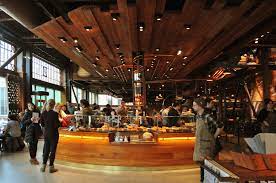Besides being a fantastic travel destination with breathtaking beaches, magnificent mountain ranges, and mouth-watering local food, Costa Rica also offers the world some of the highest quality arabica coffee.
How and why do people think Costa Rica coffee is the best? Read on to find out everything you need to know about the world-class Costa Rican coffee bean.
Costa Rican Coffee: Best coffee in the world?
How did Costa Rica coffee grow to be one of the best coffees in the world?
Let's look back a few centuries to 1779 when coffee plants were introduced to the region of Costa Rica from Cuba (a country surrounded by the Caribbean Sea).
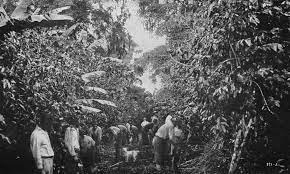
Besides being a fantastic travel destination with breathtaking beaches, magnificent mountain ranges, and mouth-watering local food, Costa Rica also offers the world some of the highest quality arabica coffee.
How and why do people think Costa Rica coffee is the best? Read on to find out everything you need to know about the world-class Costa Rican coffee bean.
The government of Costa Rica at the time played a pivotal role in the coffee industry's success. The government saw a golden opportunity in the development of the coffee industry to boost its economy.
Hence, the government created all sorts of incentives for the public to encourage them to work in the coffee industry. This push proved especially true when Costa Rica achieved independence from Spain in 1821. The demand for quality coffee was vital in bolstering its economy.
The final piece of the puzzle as to why the coffee Costa Rica cultivates is so great brings us to 1989. To maintain the Costa Rica coffee quality, the government passed a law banning Robusta coffee cultivation. In other words, growing Robusta coffee in Costa Rica is illegal.
It's All in the Genes.
Since Costa Rica banned Robusta coffee production from producing only the best, all of the Costa Rican coffees are or are a variant of Coffea Arabica.
Like some origins, Costa Rica grows a few well-known Arabica varieties such as Caturra, Bourbon, and even the famed Geisha. Costa Rica also grows an experimental cultivar called SL-28. This hardy coffee plant can produce broad beans in low-nutrient soil.
Since coffee has been growing in Costa Rica for a few hundred years, it has evolved and reproduced some varietals native to Costa Rica. A great example is the varietal Villa Sarchi, created from a single gene mutation in the Bourbon variety's DNA.
This mutation codes for dwarfism in the plant, so Villa Sarchi grows smaller than most coffees. Fortunately, Villa Sarchi's short height makes the plant tolerant towards strong winds at high altitudes.
The Costa Rican Coffee Flavor Profiles
Generally, Costa Rican coffees have a brown sugar-like sweetness, followed by a crisp and vibrant acidity reminiscent of green apples.
The cup often has a great, round body. The beans also boast various fruity notes, from stone fruit such as peach to tropical fruits like jackfruit.
Although, it comes down to the region where the coffee beans were grown and produced. Each area has a slightly different terriers that creates an array of flavor profiles.
Besides, each producer processes their coffees a little differently, making a unique coffee that still serves Costa Rican quality.
The Importance of Terroir
No, not "terror," terroir is a French word that describes the soil, climate, and altitude of an area.
The term represents predominantly defined regions where crops such as coffee or grapes grow. Terroir refers to the environmental factors that affect the resulting yield.
Why terroir is so important in the cultivation of quality coffee is that it plays a role in the coffee outcome.
Arabica coffee is incredibly demanding of the perfect conditions to grow; otherwise, it would be strictly hard to cultivate.
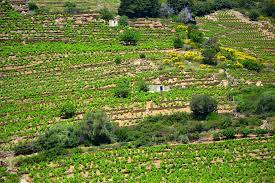
The closer the terroir is to perfect coffee-growing conditions, the better the taste and higher the beans' quality will be. These kinds of beans will often fetch a lucratively high price in the specialty coffee market, which is why terroir plays a role in Costa Rica's successful coffee production.
Soil
Every Costa Rican coffee growing region is abundant with volcanic soil, made from volcanic ash and decomposed hardened lava. These two components are rich in nutrients such as iron, calcium, potassium, phosphorous (to name a few), and other trace elements.
A nutrient-dense soil is essential for coffee-growing because coffee plants require a high amount of nutrients to develop, flower, and bear fruit. Soil quality is crucial for world-favorite varieties that excel only in the best soil, such as Geisha.
Climate
Costa Rica has a tropical climate characterized by a distinct wet and dry season, thanks to its location near the equator. During the wet season, the coffee plants grow and mature without interference.
When the dry season comes, the Costa Rican farmers come out to harvest and process the coffee.Arabica coffee grows optimally between 18 to 21°C but can withstand a slightly higher temperature of 24 °C.
It's crucial to maintain the optimal temperature to balance the rate at which the coffee cherries mature, to allow the complex sugars to develop. Unfortunately, climate change's rising global temperature is drastically altering the coffee plants' flowering cycles.
This change in climate affects the rate at which the cherries mature and risks lowering the coffee quality.
Altitude
Costa Rican coffee farms sit at high altitudes, where less oxygen is available than on the ground-level. The lack of oxygen is favorable when it comes to coffee-growing. Lower oxygen concentration causes the cherries' seeds to grow slower while allowing the cherry sugars to develop.
These sugars attribute to the complexity of a specialty coffee's flavor profile. In the specialty coffee market, the more complex the coffee's flavor profile is, the higher its price will be.
Costa Rica's coffee-growing regions
Tarrazu
The Costa Rican Tarrazu region produces some of the most amazing specialty-grade coffee in the Costa Rica coffee production. Costa Rica Tarrazu coffee is famous for its signature spicy fragrance, medium to high acidity, and smooth, light body.
It also exhibits bright notes of vanilla, cocoa, citrus, nougat caramel.
The Costa Rican Tarrazu coffee plantation is situated at 2000 meters from sea level, making Tarrazu the highest coffee-growing region in Costa Rica
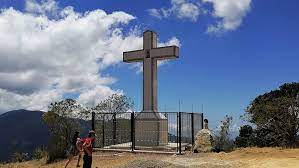
While the cool and humid weather is perfect for growing Arabica, this climate lasts most of the year and is less than ideal to dry coffee. So, the mills here use mechanical dryers, and the Tarrazu region produces coffees using the washed processing method.
West Central Valley
West Central Valley is the top coffee producer in Costa Rica, dominating 25% of its coffee production. This region also massively contributes to the local specialty coffee market alongside Tarrazu.
The coffees produced from this region, taste chocolate, honey, and sweet stone fruits such as peach and apricot. Some of the valley's coffee, even tastes of bright notes of tropical fruit like pineapple and jackfruit.
Alajuela
Alajuela is the second-largest city in Costa Rica. Coffee is grown at 1200 meters to 1600 meters above sea level on Poás Volcano.
Alajuela coffees are known for their full-body, rich, robust flavor and acidity in their cup.

Brunca
Brunca sits in the south of Costa Rica. This region is the third biggest coffee producer in the region, producing 20% of its coffee. Most coffee plantations sit 800 to 1200 meters above sea level.
Generally, Brunca coffees have a very soft flavor profile. Although at exceptionally higher altitudes such as Pérez Zeledón at 1700 meters above sea level, the coffee tastes of unique deep citrus and jasmine notes in its cup.
Guanacaste
Guanacaste is a rather large region where small producers are scattered all over the area. Due to this region's warm climate, coffee plants are grown under the forests' shade at 600 to 1300 meters above sea level to avoid the high temperature.
The coffees of Guanacaste have distinct salty and bitter notes, significantly different from the profiles of the other regions.
Tres Rios
Overlooking the capital San José, the region Tres Ríos sits 1650 meters above sea level on active volcano slopes, Irazu Volcano. Tres Rios is one of the smallest coffee-producing areas of Costa Rica.
Do not underestimate this little area, because the coffees they produce here can be just as excellent as Tarrazu's coffees. Tres Rios coffees taste bright with a sweet, mild, and fruit-like flavors such as citrus zest and honey.
Turrialba
Turrialba, named after the volcano located southwest of the region, is one of the wettest areas in Costa Rica. The coffee plantation receives constant rainfall throughout the year.
The seemingly all-time wet season allows the region to have multiple growing and harvest seasons.
The coffee beans, they produce are distinctly broad in size and have a light body, mild acidity paired with a delicate aroma.
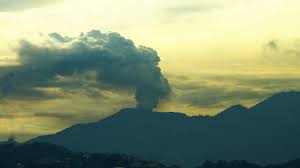
Orosi
Orosi is one of the oldest coffee-growing regions in Costa Rica, dating back to about 100 years ago. With an average of 210 rainy days annually with high humidity, it's safe to say Orosi is one of the country's wetter regions.
Orosi's coffee grew strong notes of cocoa with a balanced body, vibrant acidity, and sweetness.
Making the Costa Rican coffee bean
The harvest
Costa Rican farmers do not have the technology, so the coffee is hand-picked. During harvest season, the coffee-growing regions' populations can triple because they gather from other parts of Costa Rica to help with the harvest.
The harvests take place during the Costa Rica dry season, between December to April.
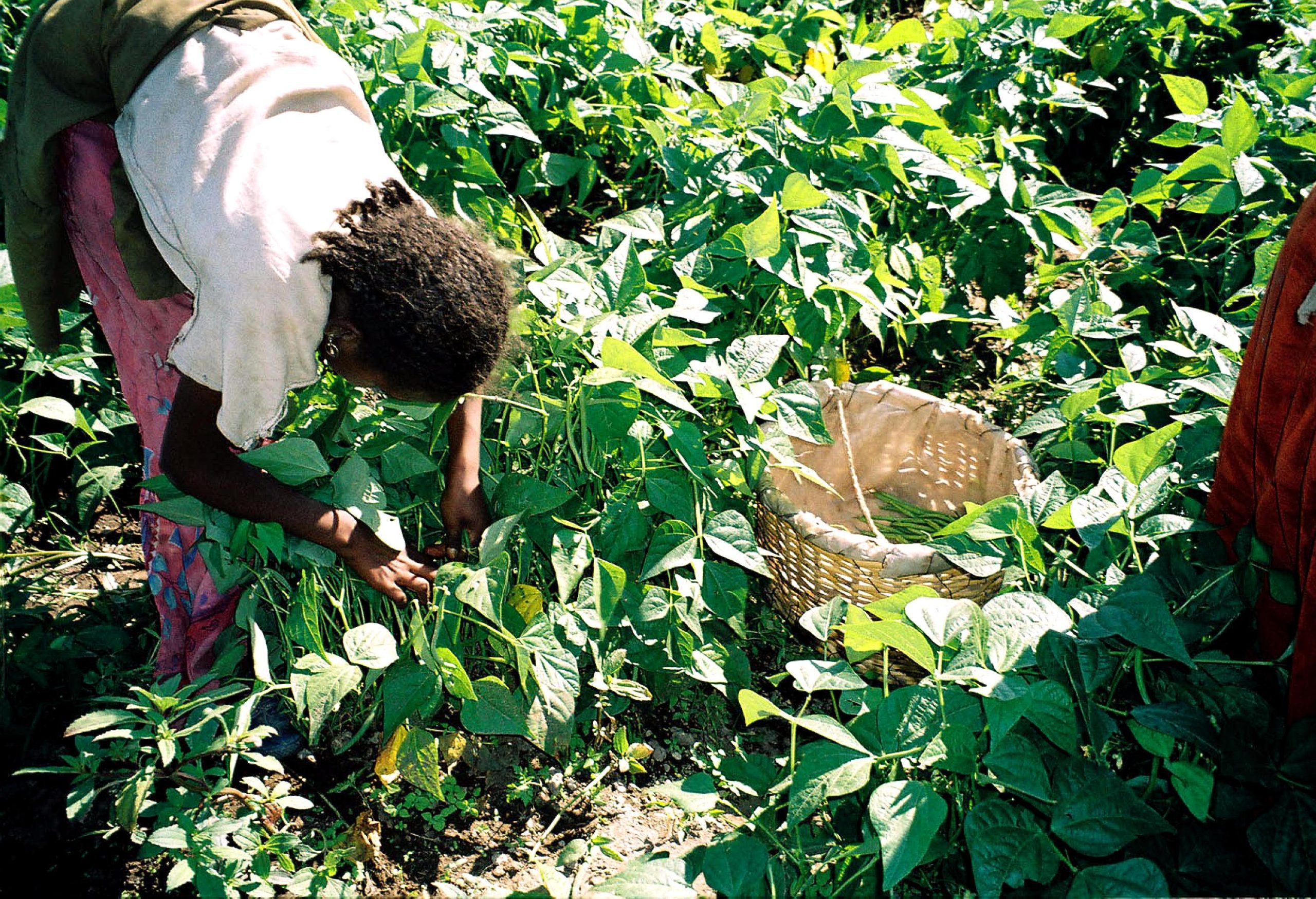
The process
Before coffee ships out for roasting, the coffee must undergo processing first. The
This method aims to bring out the sweet, fruity character of natural processed coffee while achieving the clean, transparent profile of washed processed coffee. The honey processing method is a hybrid between the natural and washed process methods.
First, farmers pick the coffee cherries and then sort them. Next, workers transfer the cherries to a machine for de-pulping. The producer can configure the device to remove a variable amount of pulp from the coffee.
Seeds with higher mucilage (amount of pulp) leftover produce a cup with intense fruit-like sweetness, but face a higher risk of over-fermentation and mold susceptibility.
The drying
Patios or beds
The patios are usually made of concrete or bricks and built under the sun. Beans drying on the terraces are carefully supervised and raked up to several times a day. Where patios aren't available, workers utilize raised drying beds.
Small mounds
Beans can also be piled into small mounds to dry on the patios/raised beds to slow down the beans' rate. This method allows certain flavors to become more pronounced in the bean.
Mechanical drier
Suppose the region is facing humid weather or less favorable conditions for drying. In that case, workers equip the mills with mechanical dryers.
Fine-tuning the automatic dryers can also be beneficial to match the moisture content of sun-dried beans.
Types of honey processed coffee
Despite growing coffee in the same region, the resulting coffees it produces can differ due to the variations in production methods from producer to producer.

White honey
10 to 20% of the mucilage remains on the seed. The beans are left to dry on raised beds under direct sunlight. Due to the small amount of pulp, the beans dry quickly in the heat, and the parchment (skin of the beans) turns white.
Yellow honey
50% of the mucilage remains on the seed. The beans are dried in low wind and under the sunlight of medium intensity. The beans are raked 3 to 4 times per day and are left to dry for a week.
Red honey
80 to 90% of the mucilage remains on the seed. The beans are dried on raised beds in a shady area or under an overcast condition. The beans are raked once in the morning, then twice in the afternoon.
Black honey
Nearly 100% of the mucilage remains on the seed. The beans are left to dry on a raised bed in fully shaded conditions. On the first day of drying, the beans are left untouched.
On the subsequent days, the beans are only raked once per day. The drying time can be as long as three weeks.
Brew out the best in Costa Rican coffee beans
You can use any coffee-brewing method to brew a fantastic cup out of Costa Rican coffee beans.
Note: French press is recommended to brew Costa Rican beans medium roast to dark roast.
A pour-over method is perfect for lighter roasts bring out the coffee's clean sweetness and delicate flavors. When making cold brew, we tend to stick with medium to darker roasts for immersion, for which Costa Rican coffees are ideal.
Chorreador style
The traditional (and best) way is to brew the coffee Costa Rican style! The Costa Ricans use a Chorreador, a sock-like drippier. It is a conventional drip coffee maker, with a similar design to a cloth pour-over.
Local baristas fill a bag called a bolster with coffee grounds, that they then hang on a wooden stand. Next, they pour hot water over the grounds like a usual pour-over.
Once the brewed coffee finishes dripping into a cup below, you can enjoy your coffee in the Costa Rican way. Check out this video on how to brew with a Chorreador.
Finding The Best of the Best
As surprising as this may sound, the best Costa Rican coffee beans are the freshes roasted at your local roastery. More often than not, importing any goods from country to country can take a while, and the roasted beans can go stale during this time.
That's why we recommend buying your coffee from roasteries where the beans are freshly roasted. Plus, you can support a local roasting business by purchasing a bag of their coffee!
Cafe Britt
If you can't find Costa Rican coffees at your local roastery, we recommend buying here. For 30 years since their establishment, this gourmet coffee Costa Rica brand sells premium single origin, blends, and decaf Costa Rican coffees.
They ensure their coffees are environment-friendly (sustainably sourced). Their coffee products certify that they are certified organic and fair trade. You can purchase brewing equipment such as corridors diapers and food products such as cocoa and nuts there as well.
They also offer coffee tours by Britt Coffee Tour, where you can explore their coffee plantation and Roastery.
Amazon
Amazon is an online marketplace where you can buy almost any product, including a Costa Rican bean bag. If you search "
Starbucks Reserve
Starbucks Reserve by Starbucks (an international coffee giant) aims to serve the rarest, most extraordinary coffees. They offer two kinds of single-origin Costa Rican coffee on their menu of premium coffees: Costa Rica Naranjo and Decaf Costa Rica Hacienda Alsacia.
The thoroughly washed Costa Rica Naranjo tastes bright citrus notes of pomelo and lemon with a creamy milk chocolate sweetness.
Decaf Costa Rica Hacienda Alsacia serves a sparkling acidity balanced by citrus and milk chocolate flavors.
